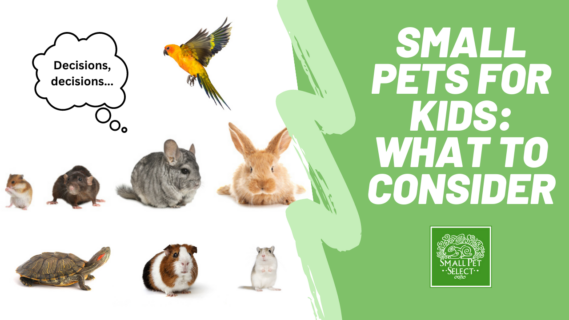Every parent has been asked the question (or the constant series of questions) about getting a pet. Pets are so fun! And it’s hard to see other kids with pets and not have one of your own. But there’s a lot to consider when it comes to small pets for kids.
Who will take care of the pet? Will they be safe with larger pets in the house? What is the time and financial commitment? There are many questions and we’re here to answer them all because although your child thinks they are the one getting the pet…
You know that you'll play a big role in the well-being of this small pet.
Narrowing down your choices of small pets for kids is a process, but a fun one! We’re talking about it all today but here’s a quick look at some of your options and how long the commitment might be for your family.
gerbil (live to be 3-4 years old)
mouse (1-2 years)
rat (2-3 years)
hamster (2-3 years)
chinchilla (10-20 years)
guinea pig (5-7 years)
turtle (20-30+ years)
fish (3-5+ years)
hermit crab (10-15 years)
rabbit (8-12 years)
bird (6-16+)
Your Children’s Ages
The older your children are, the more responsibility they can handle. And (hopefully) the more trustworthy they are to handle their small pet with care. But even the smallest family members can enjoy small pets as long as you can find ways for them to interact safely (more on that later!)
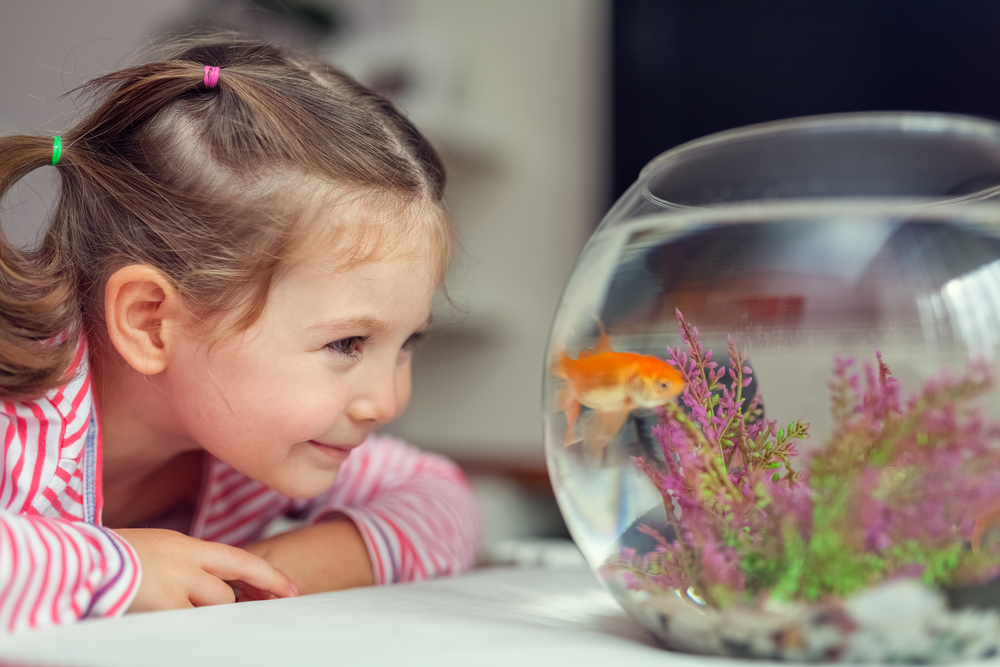
Children younger than 6 will have a hard time understanding the boundaries that a pet needs to have to stay safe. These children must be supervised when their small pet is out of its enclosure.
You know your children and their maturity levels. Some young kids can handle more responsibility while older kids need more supervision.
Which Pets Work Best For Which Ages?
Setting up an environment for your pet where your children can enjoy them without having their hands on them is a great way to keep young kids interested and involved without the time requirement of constant supervision.
You don’t want to follow your rabbit around all day making sure your toddler doesn’t pull on their ears. But other small pets for kids might work better where they are happy in a safe place and your children are still enjoying them.
For example, a hamster can have a setup with many tubes and different spaces in their enclosure where it's fun to watch the hamster move from space to space.
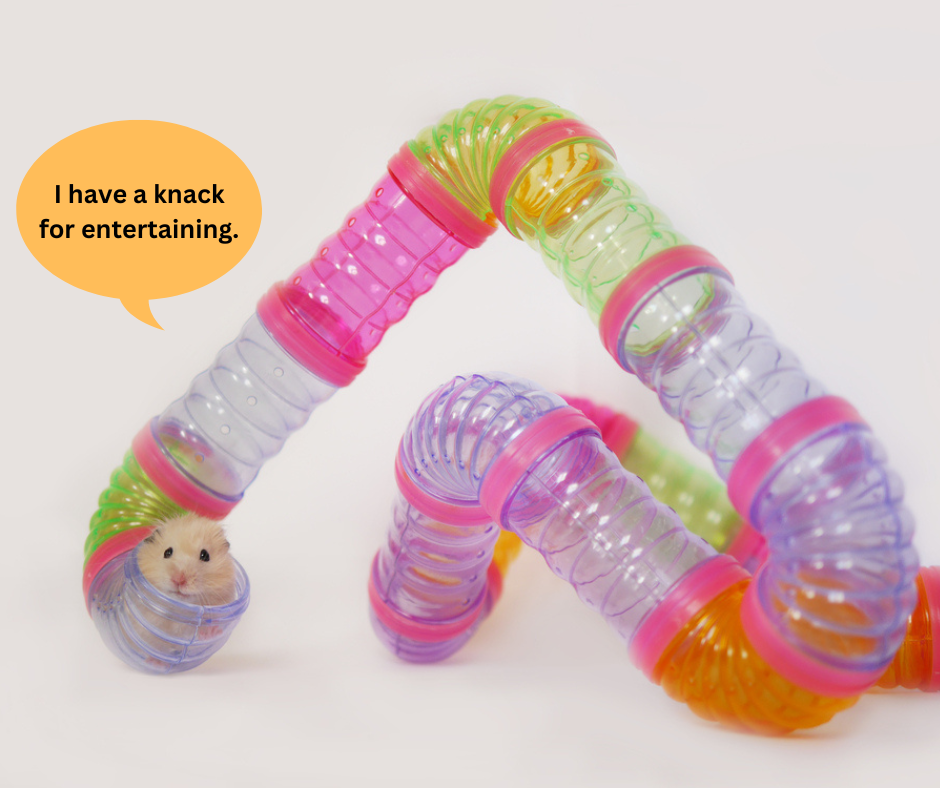
Then when you do have time for your small pet outside of their enclosure, consider how easily your child could handle the pet. A hamster is easier for small hands to hold safely than say a rabbit.
A chinchilla is generally less social than a rabbit and will need someone with more patience. A bird needs someone with even more patience and is more likely to bite than some of the mammals on our list.
Do You Have Other Pets In The House?
If you have a dog or cat roaming the house, don’t add an addition unless you’re sure that there’s a safe place for them.
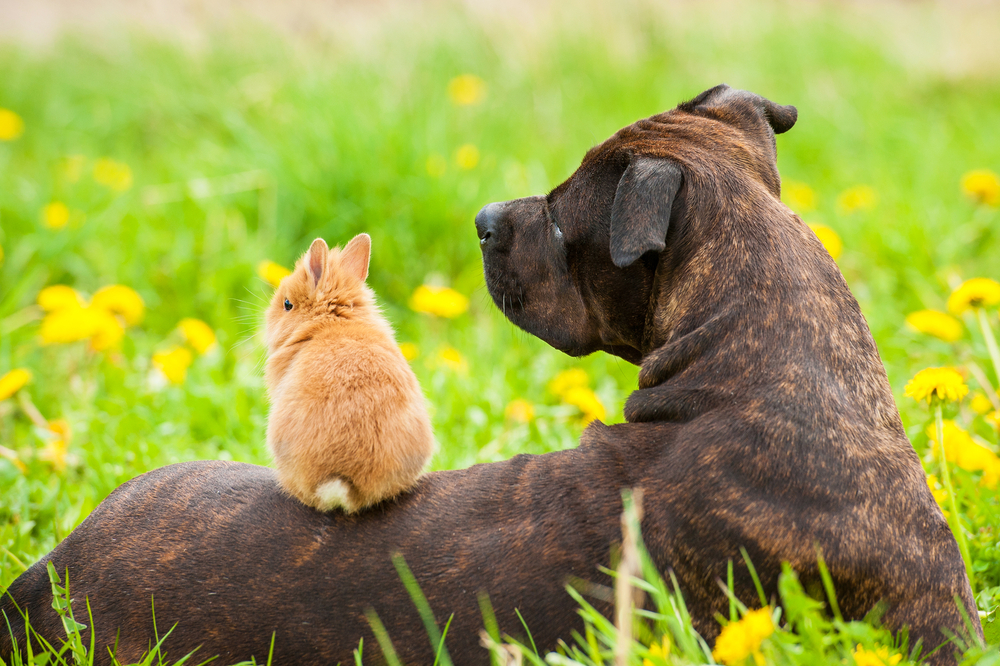
Some large animals have become best friends with a smaller pet like a rabbit, but there’s a way to introduce animals in a safe way, and certainly not all animals will get along.
In most cases, you want to have a completely separate room for your small pet away from any larger animals.
The Budget For Small Pets For Kids
Not all animals cost the same. Especially when you look at the cost of these animals through their entire lifespan.
A hamster will only live for around 3 years. While a chinchilla can live for 10 years. A hamster won’t eat nearly as much food as a rabbit does.
If you’re worried about affordability, then a hamster or gerbil might be a good choice.
How Much Space Do You Have
The bigger the animal, the more space they need! And many people underestimate the amount of space that a small pet needs. Especially when pet stores sell cages for these pets that shouldn’t be used due to their size.
A hamster, mouse, or gerbil will need less space than a chinchilla, guinea pig, or rabbit. So if you’re tight on space you’ll want to consider the smallest-sized pets.
Hermit crabs and fish need the least amount of space so consider one of these if you’re looking for more of a kitchen counter pet.
Any Family Members With Allergies?
While it might seem obvious that you shouldn’t get a pet that you’re allergic to, not everyone has been exposed to small pets!
Ask a rescue, breeder, or friend with a pet if you can interact with the animals before the day you go to pick up your new pet. This will give you and your kids an opportunity to check if there are any allergic reactions.
As well as give you a better idea of how these small pets for kids act!
Consider the food you’ll feed the animal as well. Guinea pigs, chinchillas, and rabbits all need to eat hay every day so if you have a hay allergy, there are a few things to consider.
How Involved You Want To Be With Your New Family Member
Even though we’re talking about small pets for kids, let’s be honest, there may be a part of you that's ready to love on that fur ball.
If you have your heart set on a rabbit or chinchilla and you have small children, you can still make it work. You just need to have rules and boundaries in place to keep your pet and children safe. Because at the end of the day, it’s your pet too.
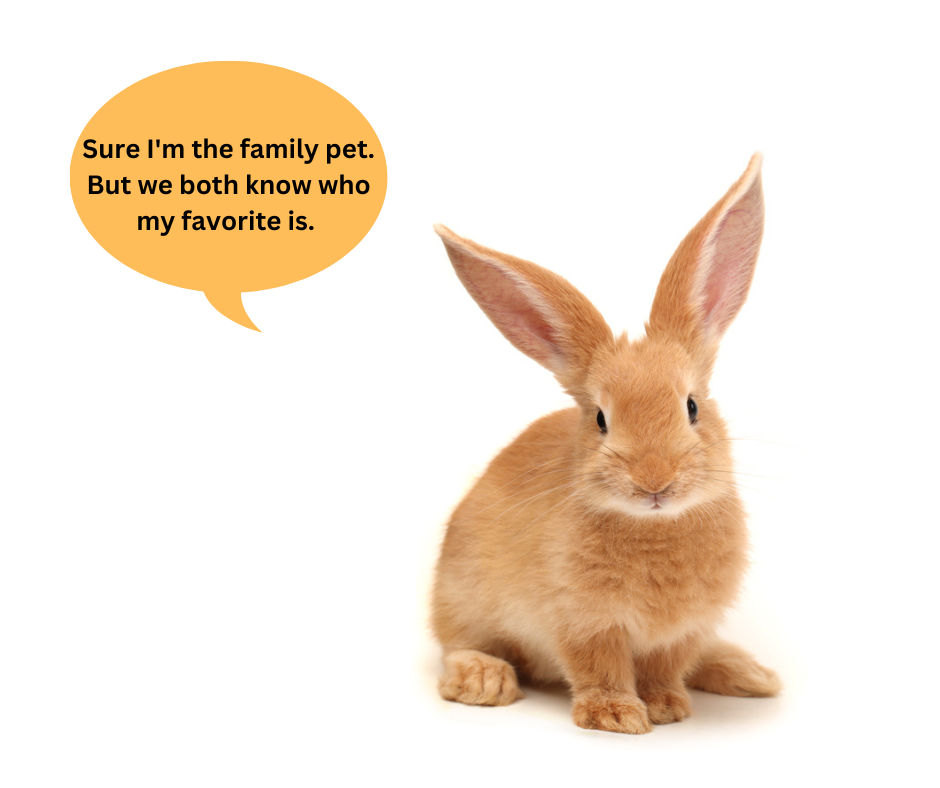
Keeping Everybody Safe Together
Assigning your child tasks to take care of their pet is the best way for them to take ownership and responsibility over their pet. Refilling food bowls and water bowls is easier than deep cleaning a cage so depending on your child’s age, these jobs will look different.
Some good rules to consider implementing with small pets for kids (depending on your children’s ages) are:
Don’t let your pet out of their enclosure without asking an adult.
Don’t put anything new in their enclosure without asking an adult.
Don’t yell or shake the animal or enclosure.
Always hold your pet close to your body with two hands.
Don’t run while holding your pet.
Let sleeping animals sleep (make sure your small pet has a hideout).
Don’t stick any fingers or objects inside of the enclosure.
Ask before giving your pet any treats.
Teach your pet rules to any family or friends that visit the house.
The Benefits of Having Small Pets For Kids
The responsibility that a child learns with a small pet is similar to the responsibility they experience with other chores (for example, taking care of the house they live in).
The best benefits of small pets for kids are the emotional ones. A pet teaches a child empathy and softness towards animals and even other people.
Kids will learn how to put themselves in their pet’s shoes and meet them at their level. Their ability to be gentle and caring is stretched as their small pet needs lots of gentle kindness and patience.
And of course, a pet is a friend that really never lets you down. Having a small pet gives your child a companion that helps make boring days less lonely.
While any pet is a lot of work, if you have the time and money to make the commitment, it’s a rewarding relationship. And if you have special circumstances to consider, there’s still likely a pet that will fit with your lifestyle.
We are not veterinarians, and none of our information should be construed as veterinary advice.
Before adding any new product, please consult your exotic veterinarian. If your pet is acting unwell and you have concerns for their well being, please contact your vet immediately.



